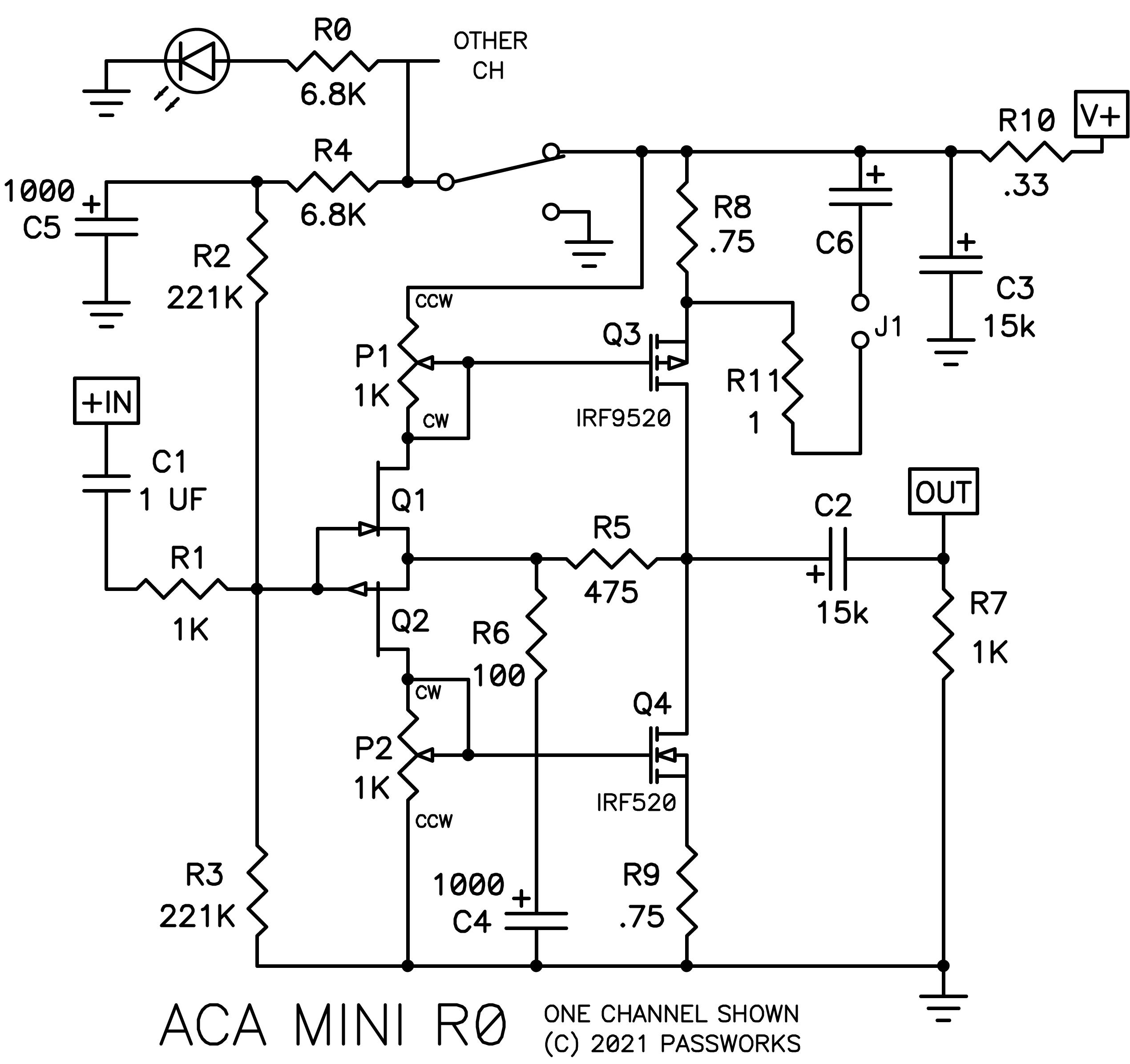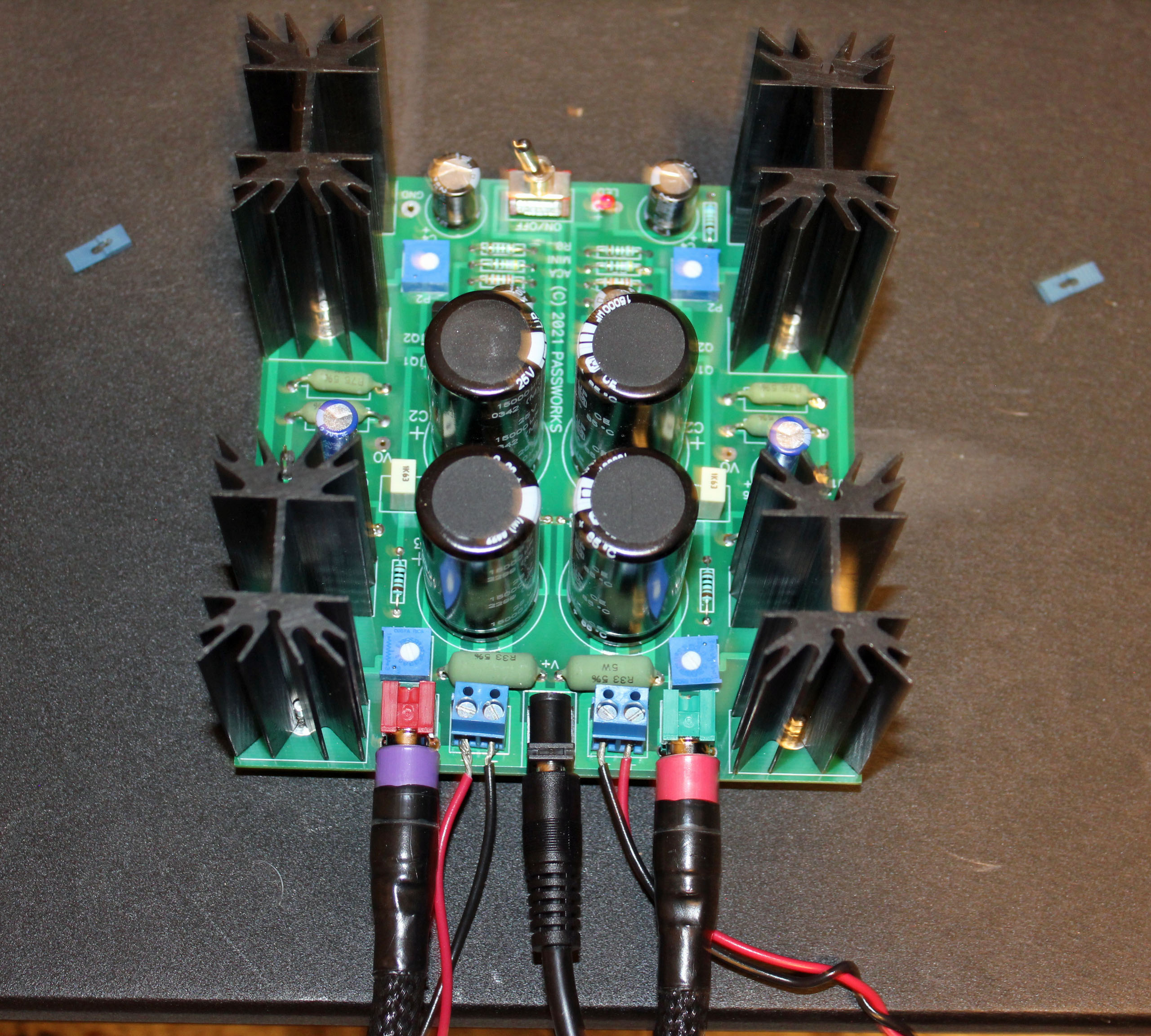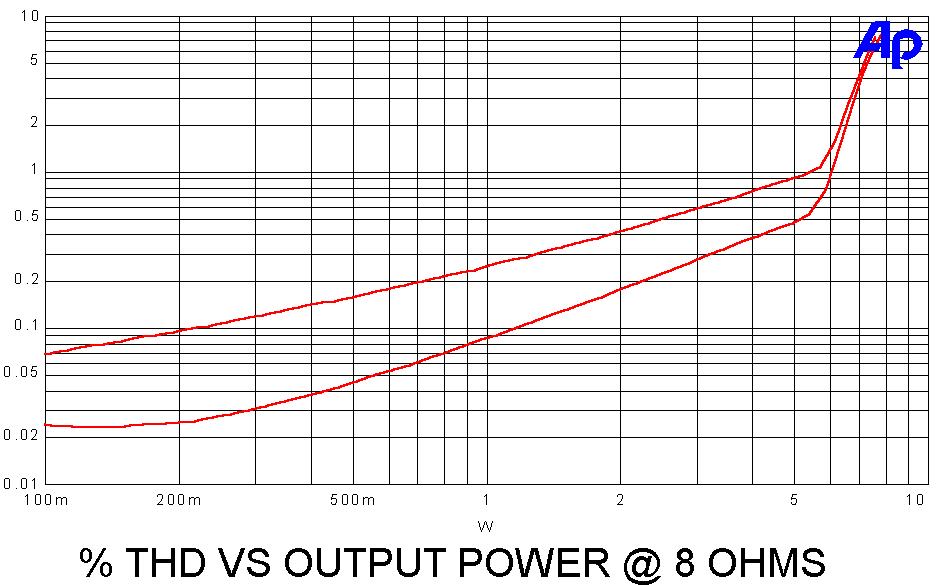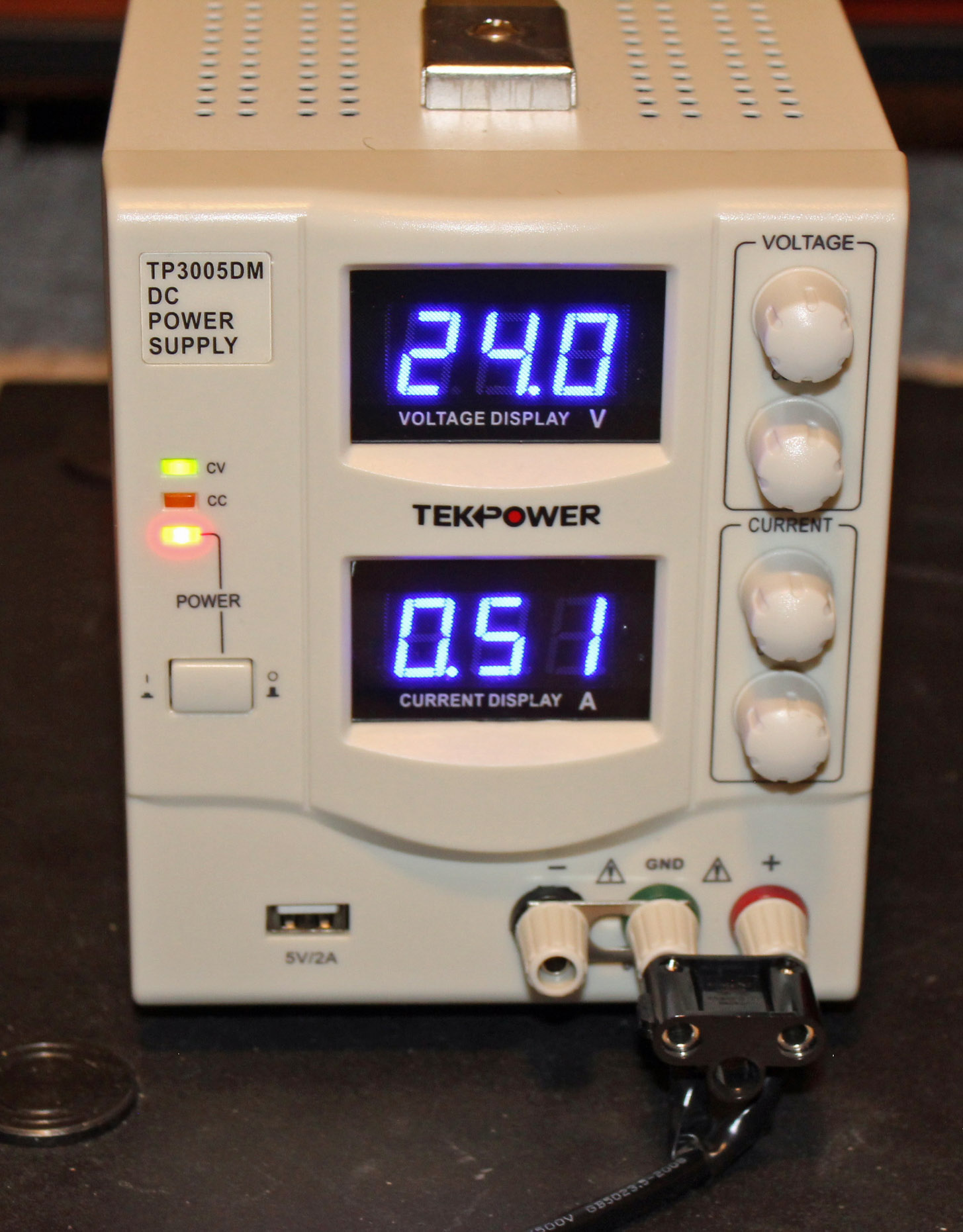The Nelson Pass 2021 DIY Amp Camp Amp Mini
Tip #97
Dick Olsher (December 2022)
It was about a year ago that Nelson Pass rang me up to chat about his new DIY ACA Mini amp. See the First Watt web page for a full description of the design: https://www.firstwatt.com/pdf/art_aca_mini.pdf.

His goal “was to make a nice little class A amplifier that brings some interesting circuit design elements but at a much lower cost, while still appealing to more sophisticated audiophiles.” I was intrigued and agreed to give the design a listen; I had long ago realized that any new design from Nelson’s fertile mind was well worth a serious audition.
What I received in the mail was a stuffed board together with a 24 VDC switching power supply by Meanwell (model GSM90B24-P1M). No chassis is provided, as this is left to the discretion of the DIY constructor. I am sad to say that due to various extenuating circumstances I only got the chance to listen extensively last month. I used the board as is and hooked it up to the Fleetwood Sound Company DeVille loudspeakers via 18-gauge hookup wire, something that was necessitated by the onboard terminal blocks. The DeVille is a true 8-Ohm load and features a sensitivity of 94 dB, which I reasoned would make a good match for the Mini’s five clean watts per channel.

One interesting feature is Jumper J1, which connects C6 and R11 in parallel with R8. Its purpose is to improve the output stage’s push-pull balance with the end result of significantly reduced THD. Nelson encouraged me to listen with and without the jumper in place, and that I definitely did. I quickly developed a clear preference for the configuration with no jumpers.

The following bullets summarize my sonic findings:
- Enhanced spatial presentation
- Dynamic nuances better resolved
- Timbre of female vocals is more realistic
- Soundstage transparency is improved
It seemed to me that that one potential area of improvement was the replacement of the switching power supply. So I decided to investigate the impact of substituting my TekPower TP3005DM linear DC power supply which is easily adjustable to 24 VDC. Wow, the transformation was nothing short of amazing! Soundstage transparency increased dramatically and image focus gained 3D conviction. Overall clarity benefited as well. There’s no going back to a switching power supply!

This derivative of the F5 is a nifty little amp which really shines in the context of a high-sensitivity loudspeaker. It is plenty resolving and capable of revealing front-end component differences. It benefitted from being mated with a tube preamp and easily resolved sonic contrasts between the Blue Velvet DIY and Wavebourn Lab Edelweiss-3 preamps.
I took the time to compare the Mini with one of my all-time favorites – the Pass Labs Aleph 5 - which features only two gain stages and operates in pure single-ended mode over its entire operating region. Of course, overall, the Aleph 5 is the better amp, but if I were to rank it as a 10, then the Mini is not that far behind within its power comfort zone, perhaps a 7 would be a fair assessment.
One final note. The Mini is awkward to handle just as a circuit board and it certainly deserves good quality binding posts and a nice chassis to call home. It’s a sweetheart of an amp, and I’m in no hurry to displace it from my system any time soon.